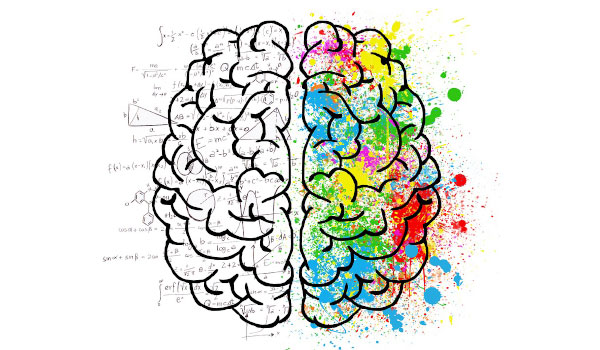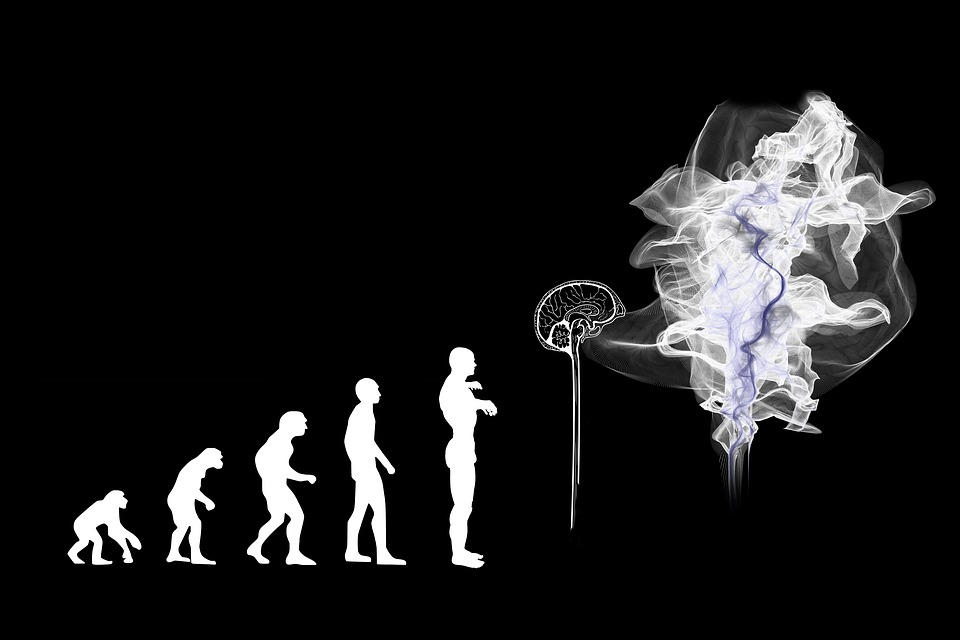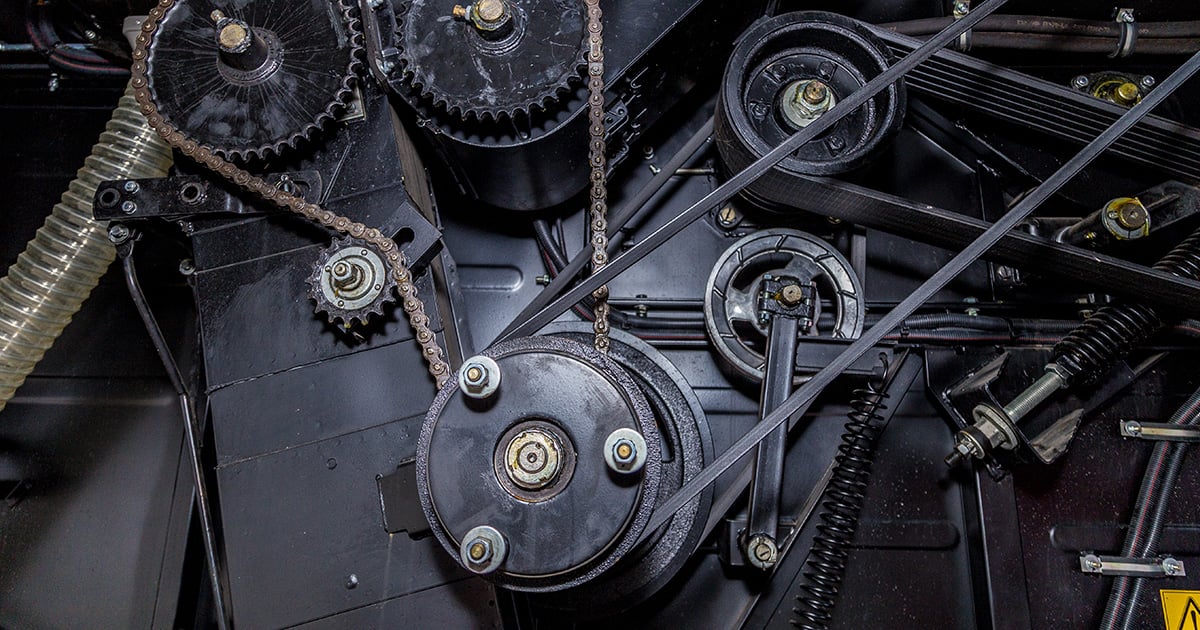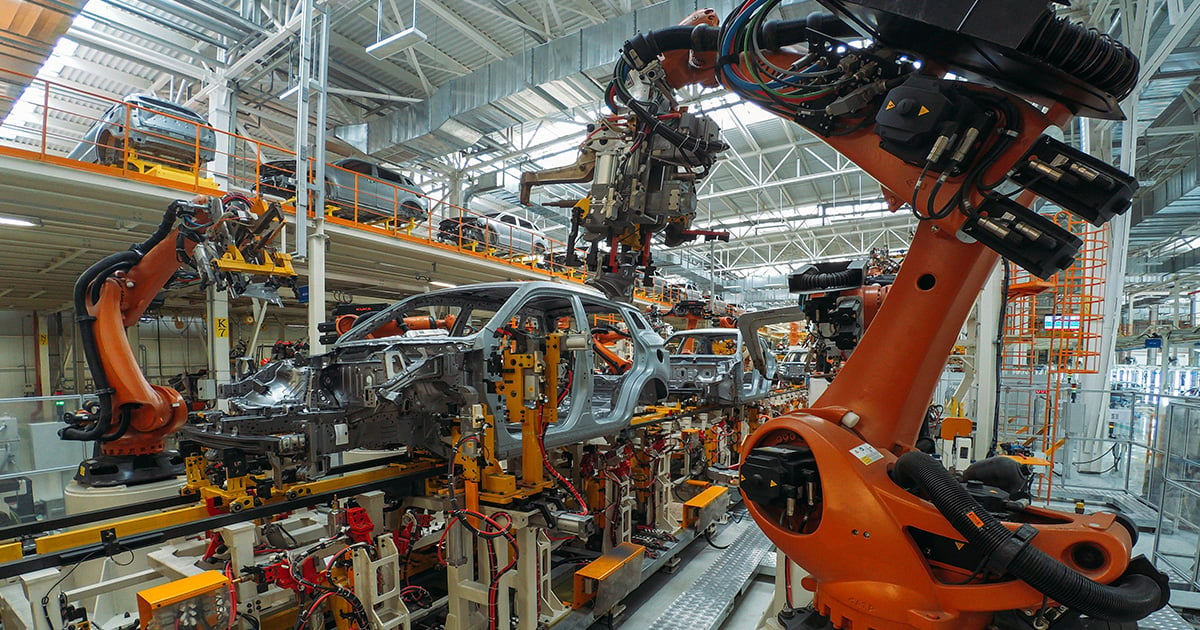After more than 70,000 years since homo-sapiens first emerged, more than 100 billion people have lived on earth. That is 100 billion minds seeking innovation and new ideas for millennium. Unique ideas are rarer than diamonds, and inventing something completely new is more difficult than ever.
Anthony Butler
Recent Posts
Shortcuts to Success: Exploring the Adjacent Possible
Aug 22, 2019 4:11:11 PM / by posted in Psychology, Self-Development, Problem-solving
Take Your Brain to the Gym
Aug 12, 2019 6:37:40 PM / by posted in Self-Development, Science, Human Brain
Most people understand the benefits of exercise for maintaining overall health and weight management. Few probably realize, though, that the brain needs even more care and exercise than the rest of the body to maintain its health and sharpness, and even fewer know how to exercise it properly. The brain is, after all, the most vital organ controlling every other essential bodily function. In this article, we examine the basic anatomy of the brain, the effects of physical exercise on the brain, and techniques to “workout” the brain specifically.
Improving Innovative Thinking Using This One Mental Trick
Aug 2, 2019 2:26:31 PM / by posted in Psychology, Self-Development, Problem-solving
Most people can address and resolve simple problems consciously. Complex problems, however, are more difficult to address. If we think about them too long, we could actually make the wrong decision. One of the reasons for this is humans have “bounded rationality.”
The Sixth Sense—Augmented Intelligence
Jul 26, 2019 12:24:13 PM / by posted in technology, news, Psychology
The 1995 movie Johnny Mnemonic, starring Keanu Reeves, tells a story about a data courier named Johnny who has data implanted in his brain through a port in his head that allows computer devices to directly interface with his mind. At the time it was released, it was a fantastical idea. Scientists were nowhere near linking the brain to a computer interface to receive or transmit data to the brain. But the idea is no longer just a sci-fi dream. The recent disclosure of Elon Musk’s $100 million-dollar investment and founding of the company Neuralink set the internet on fire the last few weeks.
Slaying the Digital Addiction: Advanced Time Management Tip #1
Jul 24, 2019 12:44:59 PM / by posted in Time Management, Engineers, Productivity, Self-Development
Indisputably, “connectivity” to a host of applications and devices offers potential to improve people’s lives. We can do amazing things, like view the inside of our refrigerators from the supermarket, remotely control flying drones to deliver packages, see and speak to people on the other side of the world (in real time and on our cells phones, none-the-less), and retrieve vast amounts of information in seconds.
The Dream Machine: Mankind's Pursuit to Engineer Stronger Humans
Jun 20, 2019 3:26:40 PM / by posted in Engineers, Robotics, mechanical components, 3D printing, Mechanical Design
What is Human Augmentation?
Human augmentation (a.k.a. Human 2.0) seeks to enhance and exceed the natural cognitive and physical abilities of people through integrated technology. There are many applications of human augmentation with devices such as cochlear implants to increase sensory perception and orthotics that enhance motion or muscle capability. Some researchers are even working on data-connecting devices that would link the human body to visual/text-based sources of information. A decade or so ago, most people probably would have associated a “power suit” with corporate attire. The notion of a metal “skin” with motors to enhance human strength far beyond normal capability once science fiction, now is “science fact.” In this article, we take a closer look at the evolution of wearable and remote-controlled robots, and how an iterative design process has enabled incremental improvements in the pursuit to create bionic humans.
The evolution of pulleys is fascinating. These mechanisms we take for granted in everyday life actually have their roots in civilizations dating back 5500 years. Since then, the number of improvements and uses have increased to a staggering level, forever revolutionizing societies across the globe.
Improving the Quality of Work: Getting into Flow
Apr 16, 2019 2:29:31 PM / by posted in Time Management, Engineers, Psychology
Have you ever been so focused on an activity that you lost track of time? Yet, at other times have so many things competing for your attention that you lose brain power and productivity because of all the external distractions? Most of us experience both of these “states,” but usually feel personally satisfied when we have “put our mind” on the singular task of getting something done. Well, this article is here to help us learn how to “put our mind to the task” a little more frequently. We examine the concept of flow – that state of perfect concentration where our thoughts and emotions completely align to the task at hand without preoccupation, anxiety and other impediments to our work – its relationship to emotional intelligence, and how to achieve it.
10 Principles of Lean Manufacturing
Apr 1, 2019 1:02:39 PM / by posted in Manufacturing, lean, news
The origin of lean manufacturing can be traced back to Henry Ford’s assembly line. If there’s one thing Ford did impeccably, it was cutting waste. Yet, it wasn’t until the mid-1940s when Toyota Corporation picked up on the idea of minimal waste and perfected the process. Toyota’s lead engineer, Taaichi Ohno, designed an operating system solely focused on reducing errors, ordering parts and supplies, shrinking inventory, and above all, eliminating waste – all with the aim of reducing warehousing costs.
New Strides in Nanotechnology—Smaller and More Powerful than Ever
Mar 21, 2019 2:31:24 PM / by posted in Medical Technology, Nanotechnology, Energy
The National Nanotechnology Initiative defines nanotechnology as the manipulation of matter with at least one dimension of a size from 1 to 100 nanometers (1 nanometer is one billionth of a meter). The prefix, “nano” is from a Greek word meaning “dwarf.” The nanometer, which is the diameter of a helium atom, is the unit of measure to express dimensions on an atomic scale. It is also used to express the wavelength of electromagnetic radiation near the visible end of the light spectrum. Because the definition is based on size, the applications can include surface science, organic chemistry, molecular biology, semiconductor physics, energy storage, microfabrication, and microengineering, among others. Currently, scientists are interested in exploring the potential of nanotechnology to create new materials and devices in nanomedicine and biomaterials, nanoelectronics, energy production, and consumer products. Here, we explore some of the strides science is making in these fields.








.jpg)

